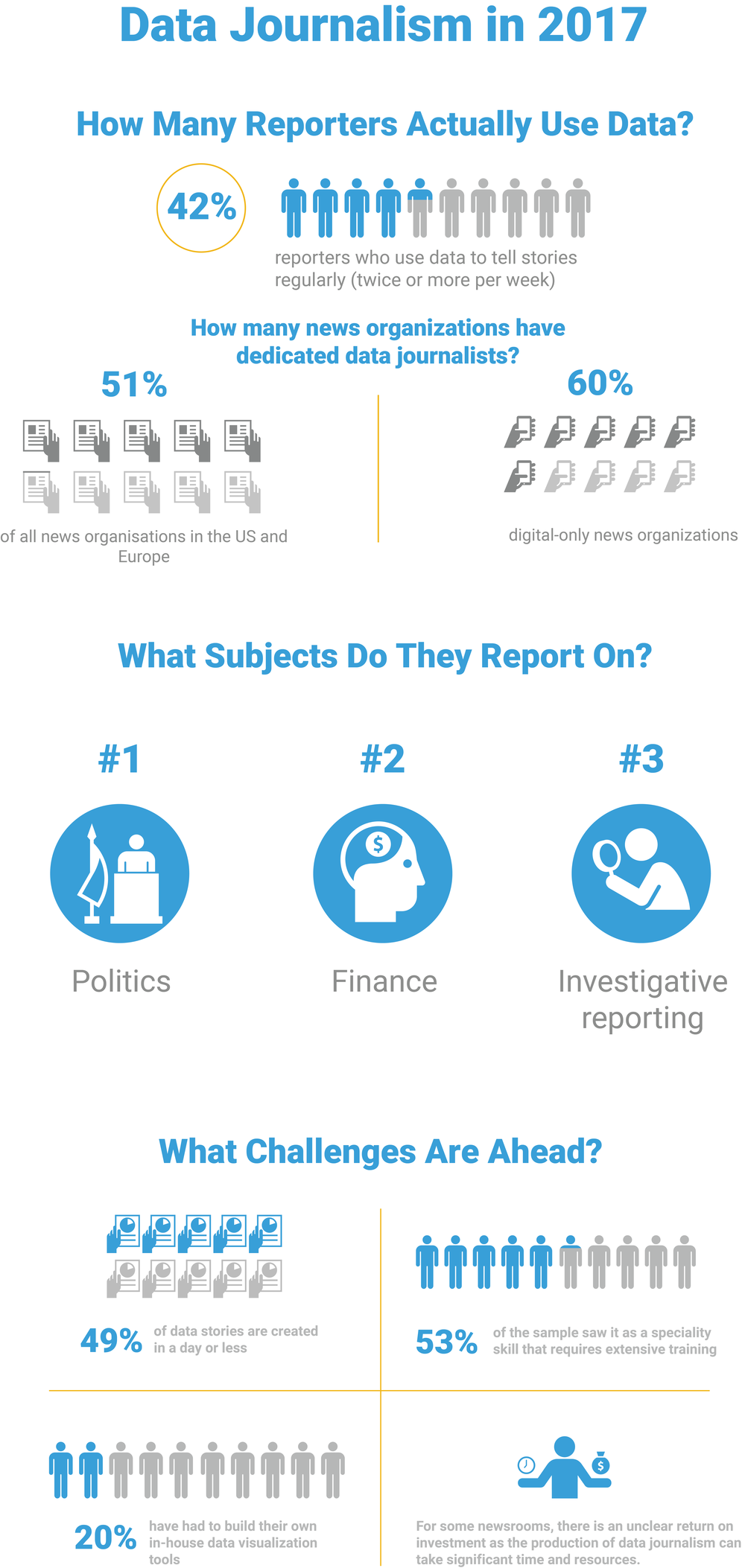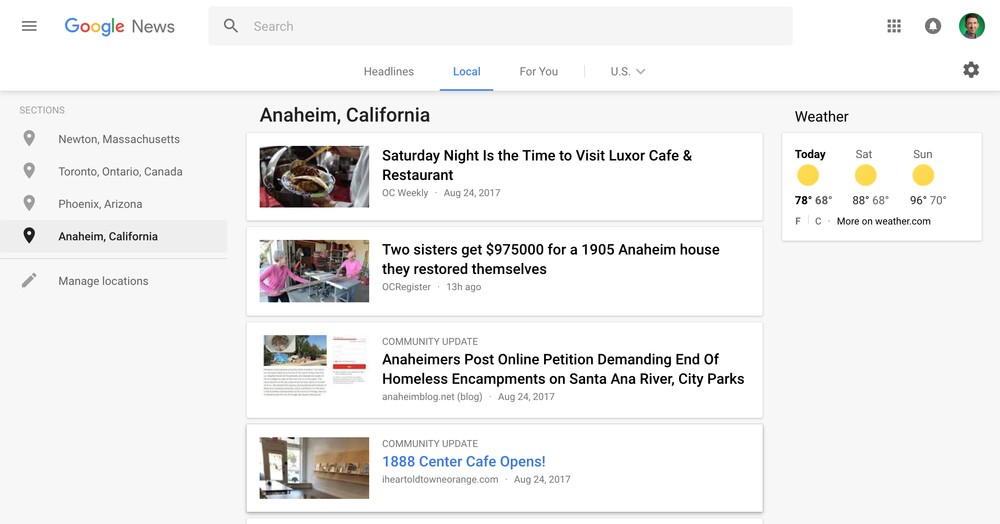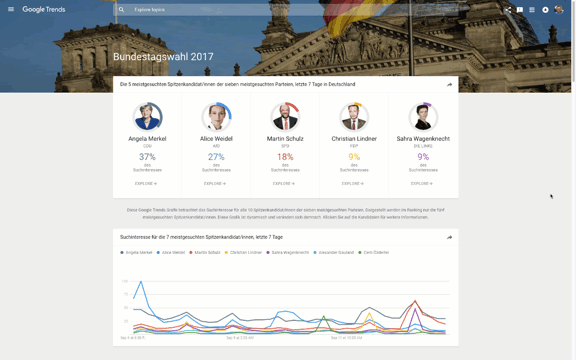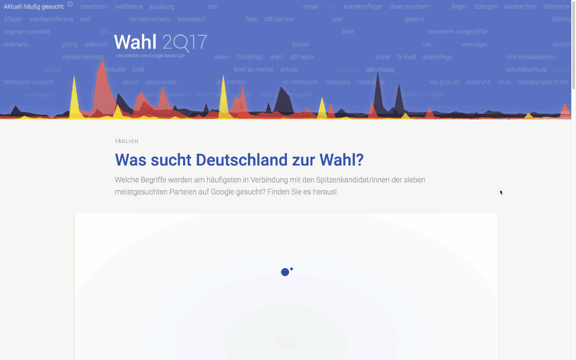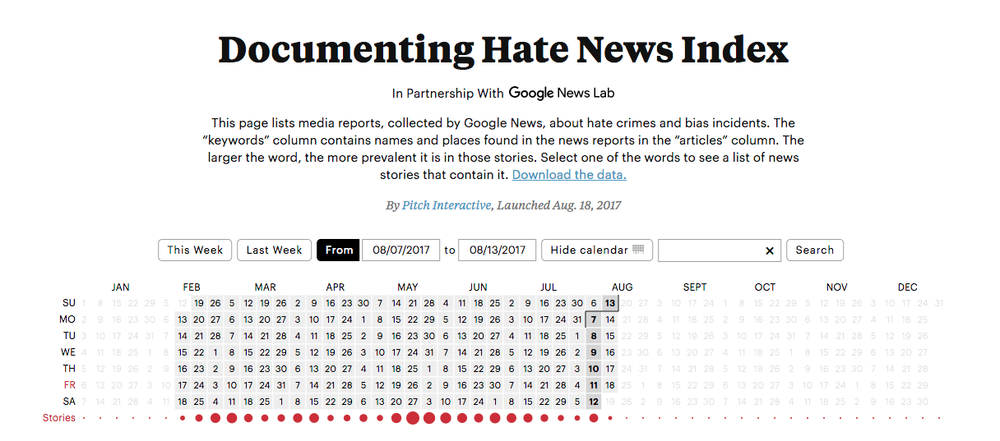I cut my teeth in journalism as a local reporter for my hometown paper, the Northfield News, and saw firsthand how local journalism impacts a community. Local reporters go to city council meetings to hold city governments accountable. They’re the first to show up when disaster strikes, getting critical information to their readers. And they provide the first draft of history for cities and towns, providing reporting that keeps their communities safe, informed and connected.
But not all communities in the U.S. are fortunate enough to have a strong local media presence—declining sales and revenues have led to local papers closing and local newsrooms shrinking. Despite this gloomy picture, there are lots of ideas about how to strengthen the local news ecosystem, and today we’re announcing our support of one new approach: Report for America.
An initiative of The GroundTruth Project, Report for America is taking its inspiration from Teach for America and applying it to local journalism. Its goal is to attract service-minded candidates and place them in local newsrooms for a year as reporters.
The first pilot, which will start early next year, aims to fill 12 reporting positions in newsrooms across the country, in areas underserved by local media. There will also be a community element to the work—a reporter might also help a local high school start or improve their student-run news site or newspaper.
As a founding member of this exciting initiative, the Google News Lab will provide in-depth training to the Report for America Corps members focusing on digital and data journalism, and equip them with the proper technology—Chromebooks, 360-degree cameras, and mobile phones.
Joining us in supporting Report for America are the Knight Foundation, The Lenfest Institute for Journalism, Galloway Family Foundation, Solutions Journalism Network and the Center for Investigative Reporting.
Report for America is just one part of our efforts to strengthen local news here at Google. Here are a few others:
- To provide the proper exposure for local news outlets covering national stories, Google News labels those stories so readers can easily find on-the-ground reporting. Additionally we’ve made it easier for people to follow local news sources with a dedicated local tab on the Google News home page. And just last week, in the U.S., Google News went hyperlocal by adding clearly labeled Community Updates that provide information about news and events happening in your area so you’ll always know what’s going on.
- We want to help publishers succeed financially by monetizing their content online. We have a key partnership with the Local Media Consortium—which represents more than 1,600 local media outlets—to tap into the power of our ad technology to fund and support local journalism. At their annual summit the LMC announced combined savings and revenue of more than $110 million for partners, based on that collaboration with Google.
- At the Google News Lab, journalism training is an important component of the work we do to help journalists and newsrooms develop new skills and access the latest digital tools. Through a partnership with the Society for Professional Journalists we’ve trained more than 9,500 local reporters across America in the last year alone. And a collaboration with the Center for Investigative Reporting’s Reveal Labs has helped build the capacity of investigative teams in Mississippi and New Jersey, a model we’re looking to scale in 2018.
We hope Report for America will bring fresh thinking and a new approach to strengthening local news.
